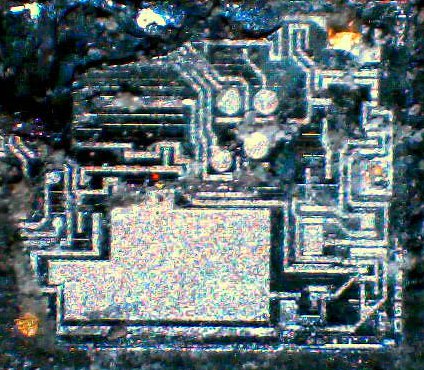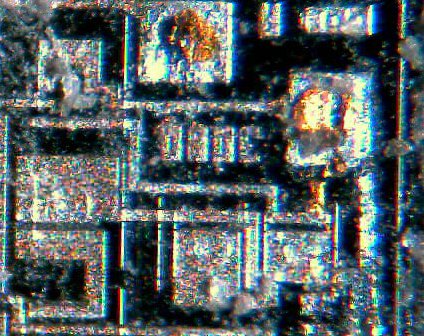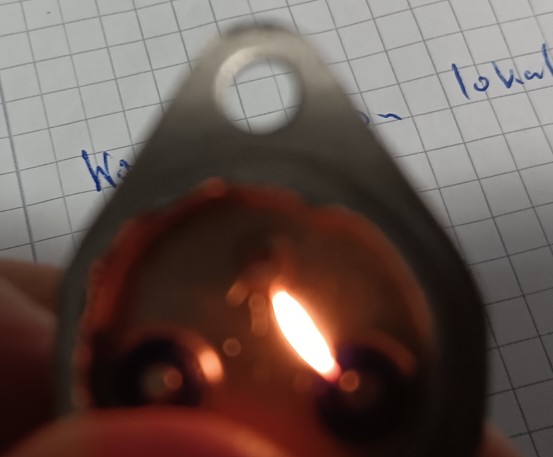Today I was fouled by a parts seller.
The chips pretending to be CA3080E’s made by Intersil will never work as intended because they are fakes.
It’s a sad but common fact that expensive and/or obsolete parts are often counterfeited – either by cloning them (mostly with poor characteristics), re-labelling overstocks or rejects of a completely other chip, or simply selling empty packages. These “3080’s” are of the second kind, there is a die inside and some pn junctions can be measured on the pins. But all of them violate the necessary condition of having a diode junction between pins 5 and 4 (see pg.3 in the data sheet at http://www.intersil.com/data/fn/fn475.pdf ). Another important hint is the date code, which makes these chips rather bad fakes: 15th week 2007 – the competitor National Semiconductor has obsoleted this chip in 1998, so I’d guess that Intersil hasn’t made 3080’s in 2007 anymore.
Update 06-01-2011: The die inside the fake CA3080’s has a name, and its name is LM4250. I’m not sure whether these are good LM4250’s or probably rejects. Either way they won’t substitute for CA3080’s.

Update 07-01-2011: Today I measured a batch of 15 identically looking “3080’s”. I checked for the mentioned diode junction and found it for 2 out of this 15 ICs.
I’ve opened one of them and guess what: there’s a 3080 marking on the die! But as it is mounted in the same cheap-looking package as the LM4250 dies I have serious doubt that these two are real CA3080’s of the expected quality. Here’s an image of the die:

For those who want to read more about counterfeits: http://sound.westhost.com/counterfeit.htm




